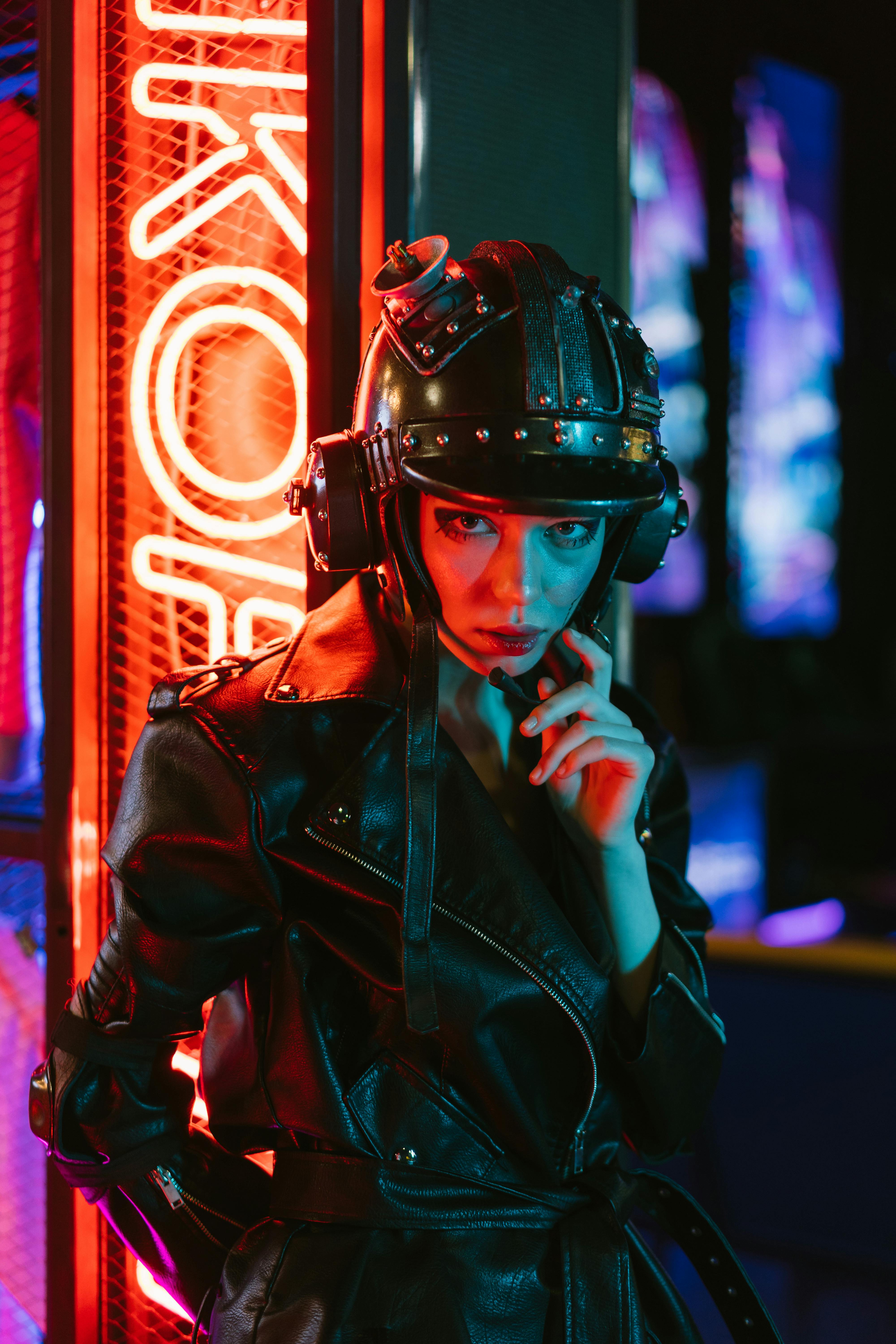Neon Noir: The Retro-Futuristic Renaissance in Cinema
In the dimly lit alleys of contemporary cinema, a vibrant glow is emerging. Neon Noir, a genre that fuses classic film noir elements with a futuristic, neon-soaked aesthetic, is experiencing a remarkable resurgence. This cinematic style, characterized by its bold color palette, dystopian themes, and retro-futuristic visuals, is captivating audiences and filmmakers alike. As we delve into the world of Neon Noir, we'll explore its origins, current trends, and the profound impact it's having on modern filmmaking.

Aesthetic Hallmarks
The visual palette of Neon Noir is instantly recognizable. Saturated neon colors, particularly blues and pinks, cut through inky shadows, creating a world that feels both familiar and alien. Cityscapes are often depicted as sprawling, vertical metropolises, where towering skyscrapers are adorned with glowing advertisements. This aesthetic isn’t just eye-catching; it serves to heighten the sense of alienation and moral ambiguity that are hallmarks of the genre.
Thematic Exploration
At its core, Neon Noir grapples with timeless noir themes through a futuristic lens. Questions of identity, memory, and what it means to be human are explored against backdrops of advanced technology and corporate dominance. The genre often blurs the line between reality and simulation, asking audiences to question the nature of their own experiences in an increasingly digital world.
Contemporary Revival
In recent years, Neon Noir has seen a significant resurgence. Films like Blade Runner 2049 (2017) and TV series such as Altered Carbon have brought the genre to new audiences, updating its visual language for the 21st century. This revival isn’t merely nostalgic; it reflects contemporary concerns about surveillance, artificial intelligence, and the increasing intertwining of technology with everyday life.
Impact on Filmmaking
The influence of Neon Noir extends beyond its own genre boundaries. Its distinctive visual style has seeped into mainstream blockbusters, music videos, and even advertising. Cinematographers and production designers are increasingly drawing inspiration from its bold use of color and light, creating visually striking works that stand out in an overcrowded media landscape.
Cultural Resonance
The resurgence of Neon Noir speaks to a broader cultural moment. In an era of rapid technological advancement and societal change, the genre provides a canvas for exploring our hopes and fears about the future. Its blend of retro aesthetics and futuristic themes offers a unique perspective on progress, allowing audiences to contemplate tomorrow through the lens of yesterday.
Challenges and Criticisms
Despite its visual appeal, Neon Noir faces critiques. Some argue that its emphasis on style can come at the expense of substance, with visuals overshadowing narrative depth. Others point out the potential for the genre to become formulaic, relying too heavily on established tropes rather than pushing boundaries. Filmmakers working in Neon Noir must navigate these challenges, balancing stunning visuals with compelling storytelling.
The Future of Neon Noir
As technology continues to advance, so too does the potential for Neon Noir. Virtual reality and augmented reality technologies offer new avenues for immersing audiences in neon-drenched worlds. Meanwhile, the genre’s themes remain relevant, providing a framework for exploring emerging issues like data privacy, climate change, and the ethics of artificial intelligence.
Conclusion
Neon Noir stands at the intersection of past and future, offering a unique lens through which to view our rapidly changing world. Its resurgence in contemporary cinema is more than just a stylistic trend; it’s a reflection of our collective anxieties and fascinations with technology and the future. As filmmakers continue to push the boundaries of the genre, Neon Noir promises to remain a vibrant and thought-provoking force in cinema, illuminating the shadows of our digital age with its distinctive glow.




